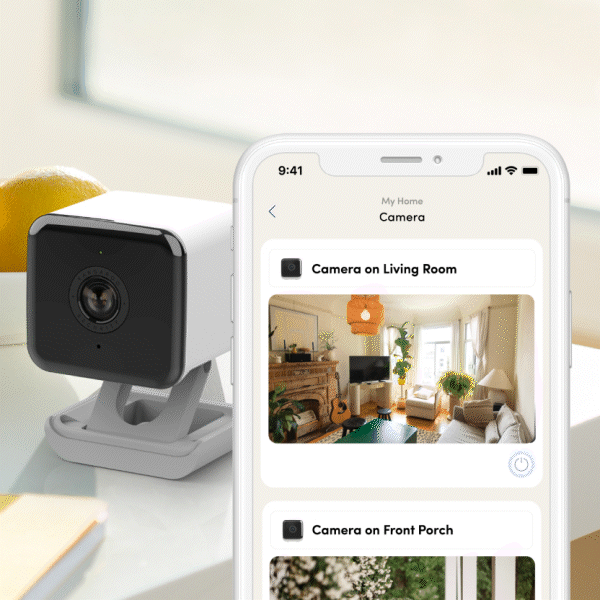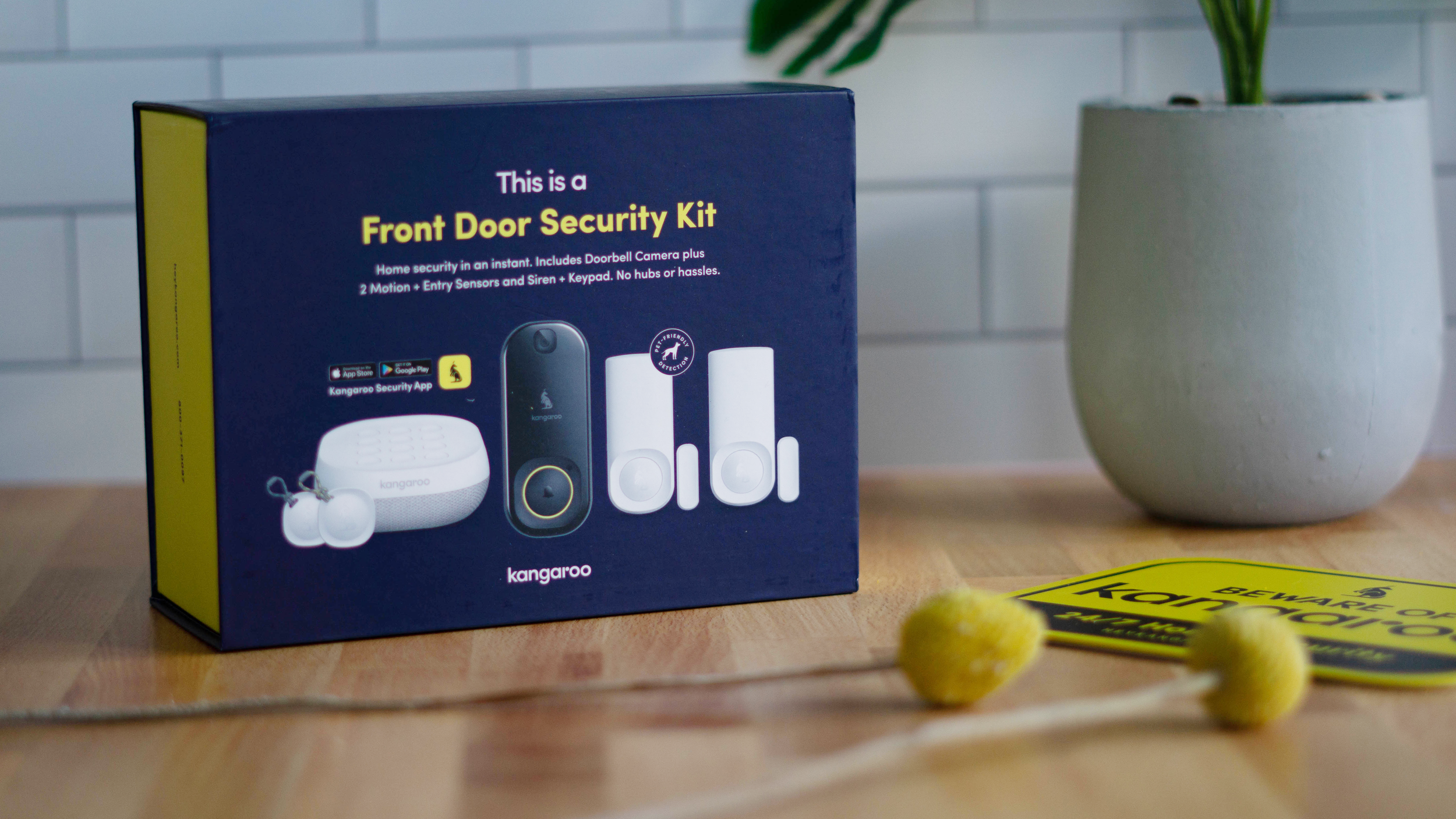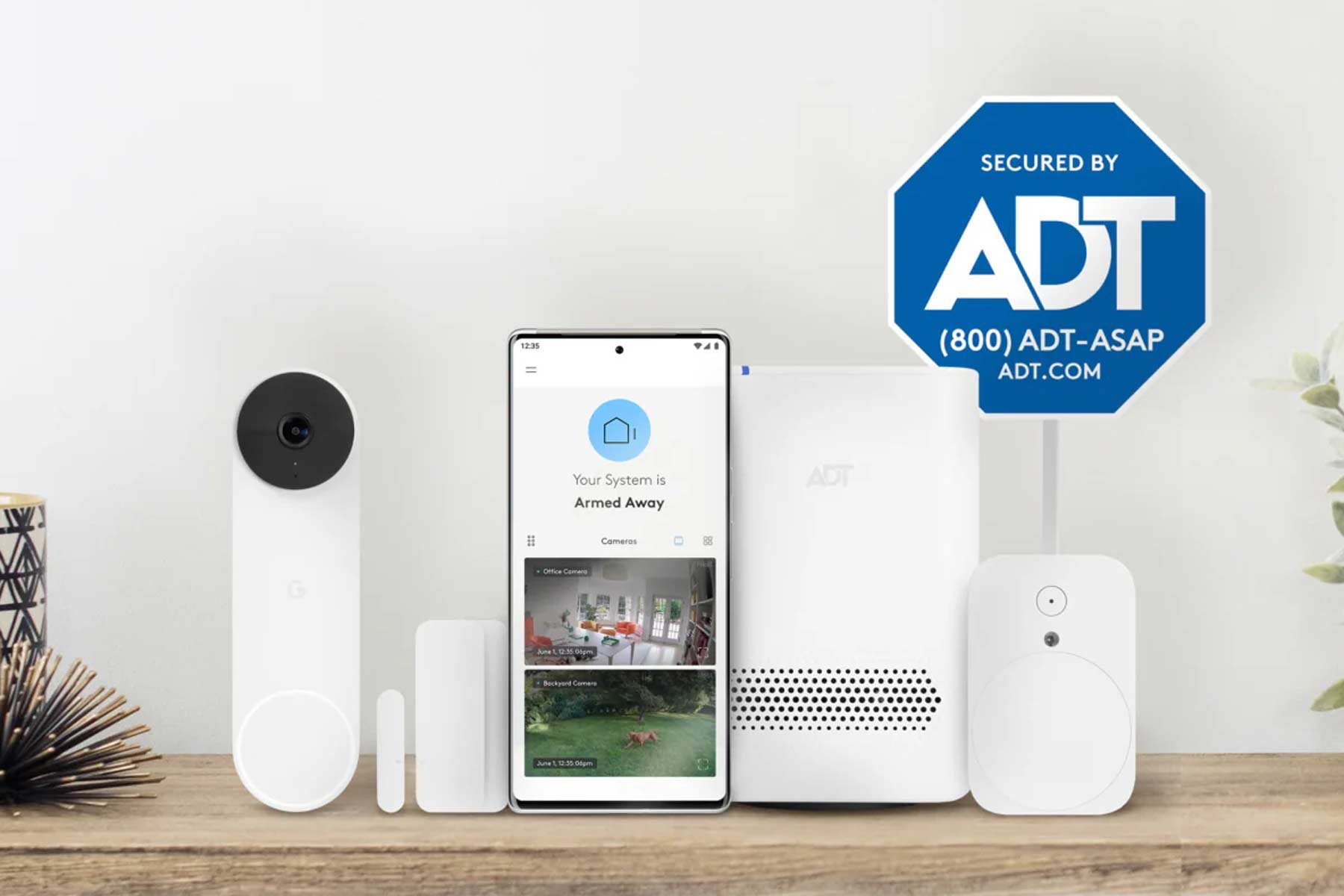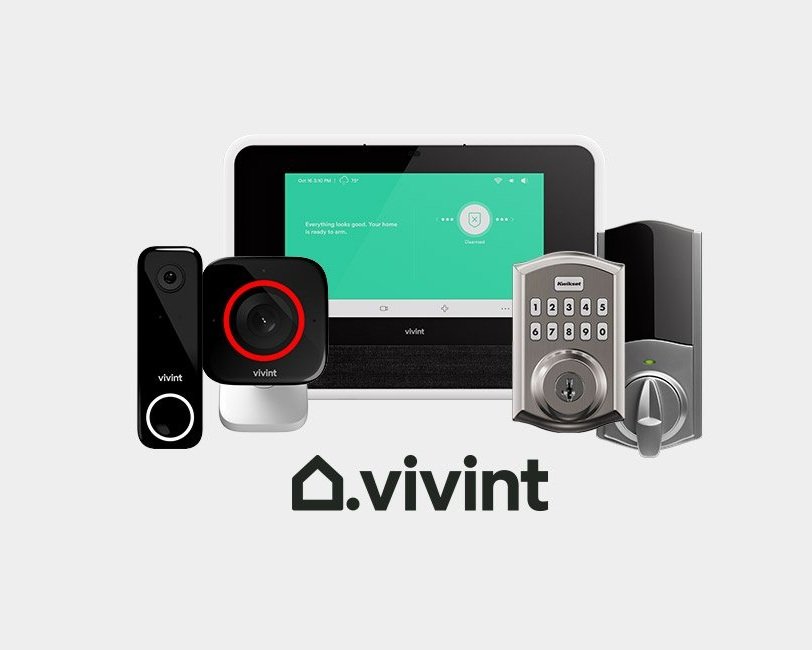Must-Have Features in Your Smart Home Security
Gone are the days of clunky, hardwired security systems. Today's smart home security offers a level of convenience and control that was once unimaginable. Whether you're looking for the best home security solution or want to explore DIY home security options, understanding the features of a modern system is key. But what exactly makes a home "smart" when it comes to security? And what other benefits can you expect beyond just safety?
Defining Smart Home Security:
Smart home security systems go beyond traditional alarms. They leverage technology to offer an interconnected network of devices, allowing remote monitoring, automation, and real-time response. This means you can self-monitor your home security system from anywhere, control your smart home devices, and even integrate with platforms like Google Home or Apple HomeKit. There's a wide range of features of a smart home to know about that can enhance your comfort, convenience, and peace of mind.
Market Growth: The global smart home security market is projected to reach a size of USD 61.97 billion by 2029, reflecting a compound annual growth rate (CAGR) of 13.81% from 2024 onwards. Source: Mordor Intelligence
US Market Size: In the United States alone, the home security market is valued at a staggering $42.34 billion as of 2023. Source: Security Sales & Integration
Adoption Rate: An estimated 32 million homes in the US are projected to have security systems by 2025, highlighting the increasing demand for these solutions. Source: Statista
The Rise of Smart Homes and Security:
The convergence of smart home technology and security systems has revolutionized how we safeguard our homes. Homes are no longer just physical structures; they are becoming intelligent ecosystems with enhanced security capabilities. This widespread adoption is driven by several key factors:
Deterrence: Studies show that 85% of homeowners cite burglary deterrence as a primary reason for installing a security system. Source: Parks Associates
Peace of Mind: The ability to remotely monitor one's property provides significant peace of mind, with 78% of homeowners valuing this feature.
Remote Monitoring: Nearly two-thirds (62%) of homeowners prioritize remote access capabilities, allowing them to check in on their homes from anywhere, anytime.
Technology's Impact:
Motion Detection
Motion sensors and detectors provide comprehensive coverage, detecting movement and unauthorized entry. Window sensors and door sensors alert you when windows or doors are opened, while glass break sensors add another layer of protection by detecting the sound of shattering glass.
Video Surveillance
Outdoor cameras offer live feeds and recording capabilities, deterring intruders and providing visual evidence. Indoor cameras help you monitor interior spaces.
Automation
Smart locks, lights, and thermostats can be programmed for automatic responses, creating the illusion of occupancy even when you're away. This enhances home security and energy efficiency.
A truly smart home security system goes beyond alarms and sensors. It integrates seamlessly with your lifestyle, offering features that enhance your peace of mind and overall home experience.
Must-Have Home Security System Features
To create the best security system, focus on features that combine advanced technology with ease of use. Here are some essentials to consider:
Outdoor Camera: Monitor your property’s exterior with weatherproof cameras like the Ring Stick Up Cam, which provides real-time footage and integrates seamlessly with Google Home and Ring Alarm Pro.
Indoor Camera: Keep an eye on your living spaces with discreet cameras that offer high-definition video and motion detection.
Video Doorbell: A doorbell camera, like the Ring Alarm Video Doorbell, allows you to see and speak with visitors from anywhere.
Motion Detector and Motion Sensor: These devices provide critical alerts for unauthorized movement inside or around your home.
Door Sensor and Window Sensor: Protect entry points with sensors that trigger alarms during unauthorized access.
Glass Break Sensor: Detects the distinct sound of breaking glass, adding an extra layer of protection.
Smart Lock: Gain keyless access to your home and control locks remotely, enhancing both security and convenience.
Smart Features:
Remote Access and Control: Lock/unlock doors, adjust thermostat, and view camera feeds from anywhere using your smartphone app.
Smart Home Integration: Connect your security system to smart lights, thermostats, and other devices for a truly automated experience.
Voice Assistant Compatibility: Control your system using voice commands with Alexa or Google Assistant.
Self-Monitoring: Monitor your system yourself without the need for professional monitoring services (DIY Security Systems).
Expanding Your Smart Home Ecosystem
While smart security is paramount, there are many other features of a smart home you need to know about that can enhance your comfort, convenience, and energy efficiency. These can include:
Smart Lighting: Control your lights remotely, schedule them to turn on/off automatically, and even adjust the color and brightness to suit your mood.
Smart Thermostats: Optimize your home's temperature for comfort and energy savings, with features like learning your preferences and adjusting based on your schedule.
Smart Appliances: From refrigerators that track your grocery list to washing machines that can be controlled from your phone, smart appliances streamline daily tasks.
Voice Control: Use voice commands to control various aspects of your smart home, from playing music to setting reminders.
Additional Considerations:
Wireless vs. Wired Systems: Wireless systems offer flexibility and easy installation, while wired systems often provide greater reliability.
Professional Monitoring: For ultimate peace of mind, consider professional monitoring services that dispatch emergency responders in case of an alarm.
False Alarm Prevention: Look for systems with pet immunity and other features that minimize the risk of false alarms.
Leading Brands
Kangaroo Home Security: A user-friendly DIY system that emphasizes affordability and wireless connectivity. Kangaroo offers a variety of sensors, cameras, and smart locks, allowing you to build a customized security solution without the need for professional installation.
https://heykangaroo.com/
ADT: A well-established brand known for its professional monitoring services and comprehensive security packages. ADT offers a wide range of smart home devices, including cameras, sensors, and automation capabilities. https://www.adt.com/
Ring Alarm: A DIY-focused system that prioritizes affordability and ease of use. Ring offers a user-friendly app, self-monitoring options, and integration with popular smart home devices like Amazon Alexa. https://ring.com/security
SimpliSafe: Another DIY-friendly option, known for its flexible packages and wireless design. SimpliSafe offers a variety of sensors, cameras, and smart home integrations, allowing you to customize your security setup. https://www.simplisafe.com/
Vivint: A comprehensive smart home security solution with professional installation and 24/7 monitoring. Vivint provides a wide range of smart home devices, including cameras, thermostats, and lighting control, offering a holistic security and automation experience. https://www.vivint.com/
Related Content:
What Is the Best Home Security System for Your Apartment
Finding the Best Home Security on a Budget
How to Ensure the Best Home Security Systems in 2024
Understanding the Need for Smart Home Security:
Factors to Consider When Choosing a System
Budget: Home security systems vary significantly in cost, influenced by the features offered, monitoring options (like ADT self-setup or professional monitoring from companies like Frontpoint), and the brand (such as Ring Alarm or SimpliSafe). Determine a realistic budget that aligns with your desired level of protection and avoid overspending on features you might not prioritize. Consider DIY home security options like Kangaroo Home Security or Ring Alarm Pro to potentially save on costs.
Security Needs: Every property has unique vulnerabilities. Assess your specific security requirements based on factors like:
Property size: Larger homes with multiple entry points may necessitate more comprehensive coverage with wireless home security components like door sensors, window sensors, and motion sensors.
Layout: Consider the number of windows and doors, as well as potential weak spots like secluded areas or backyards that may benefit from outdoor cameras.
Valuables: If your home houses expensive possessions, prioritizing robust security measures becomes crucial. Consider adding indoor cameras and smart locks for enhanced protection.
Desired Features: Modern smart home security systems go beyond basic alarms, offering a range of features to enhance protection and convenience. Evaluate which features are most important to you, such as:
Video Cameras: Live feeds and recording capabilities from outdoor cameras, indoor cameras, and doorbell cameras provide remote monitoring and visual deterrence.
Smart Locks: Keyless access and remote control offer enhanced security and eliminate the need for physical keys.
Automation Capabilities: Integrate your security system with smart home devices like smart lights, smart locks, thermostats, and other devices to create the illusion of occupancy even when away. You can even control your system with Google Home or Apple HomeKit.
By embracing smart home security, you create a secure and connected environment, offering peace of mind and ultimate control over your home's protection.
Did You Know?
Some smart home security systems deter crime through "virtual dog barking." This feature integrates with smart speakers to play a realistic dog bark upon motion detection, startling potential intruders.
Ready to secure your home? Explore the latest smart home security systems and find the perfect solution for your needs!
FAQs: Smart Home Security
Your Questions Answered
-
Traditional systems typically only offer basic alarm functionality, while smart security systems provide remote monitoring, automation, and integration with other smart home devices, giving you greater control and convenience.
-
Not necessarily! Many systems, like Kangaroo, Ring Alarm and SimpliSafe, are designed for DIY installation. However, if you prefer professional assistance or have a complex setup, companies like ADT and Vivint offer expert installation services.
-
Yes! Most smart security systems are compatible with voice assistants like Amazon Alexa and Google Assistant, allowing you to arm/disarm your system, control locks, and adjust settings using simple voice commands.
-
Integration allows for automation and enhanced security. For example, you can program your lights to turn on when motion is detected or have your thermostat adjust automatically when you arm your system.
-
Look for systems with features like pet immunity, adjustable sensitivity settings, and entry delays. These features can help minimize false alarms triggered by pets, environmental factors, or accidental entries.
-
Absolutely! Smart security systems provide enhanced protection, convenience, and peace of mind. They can deter crime, alert you to potential dangers, and allow you to monitor your home from anywhere, making them a valuable investment for any homeowner.











